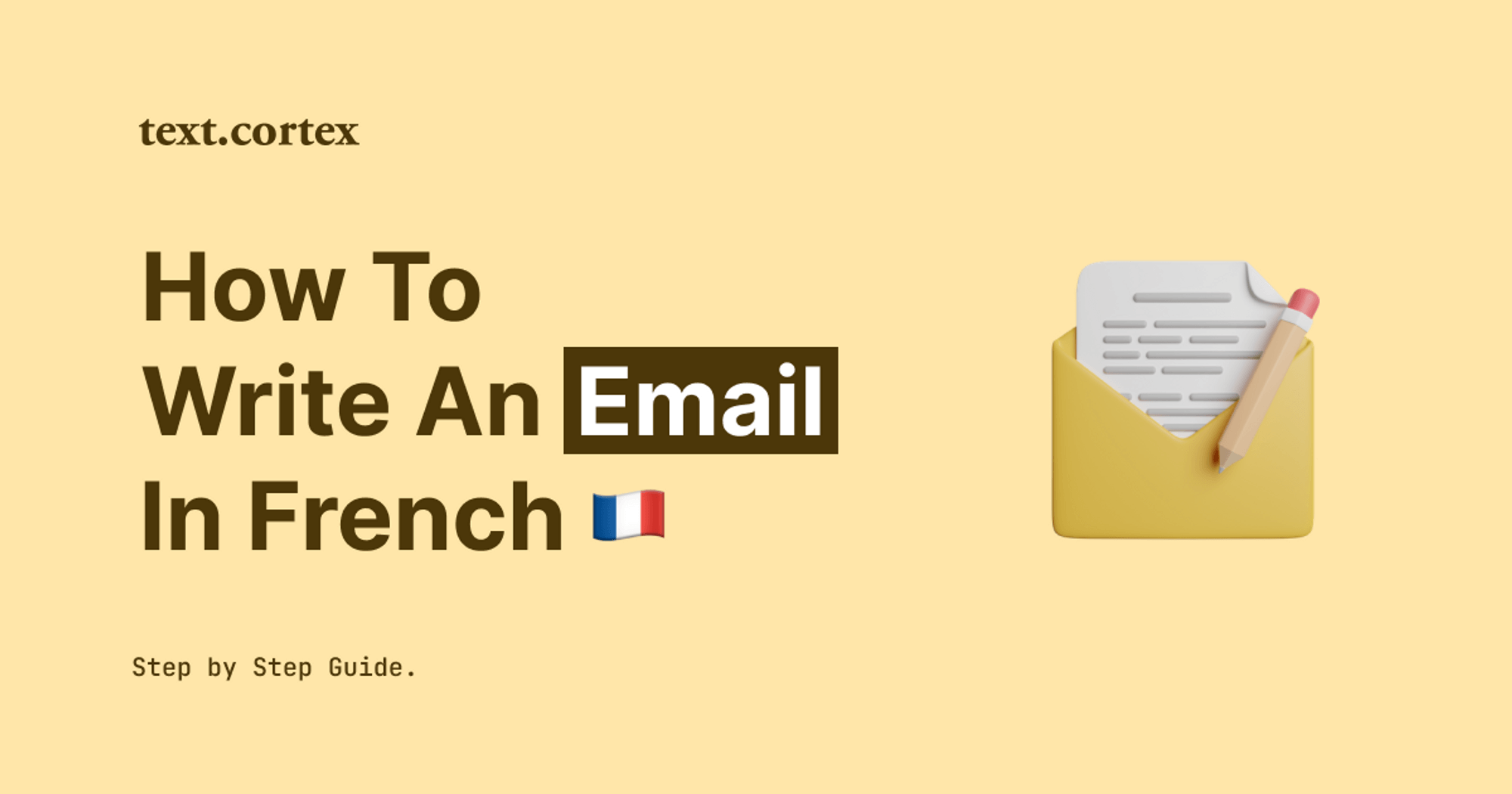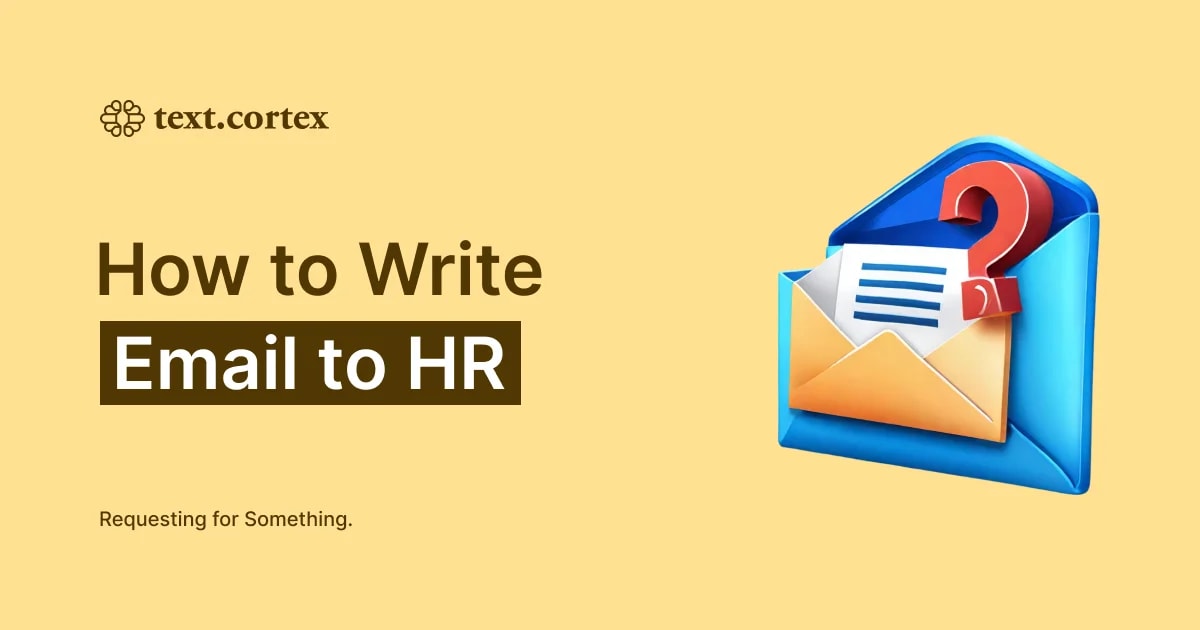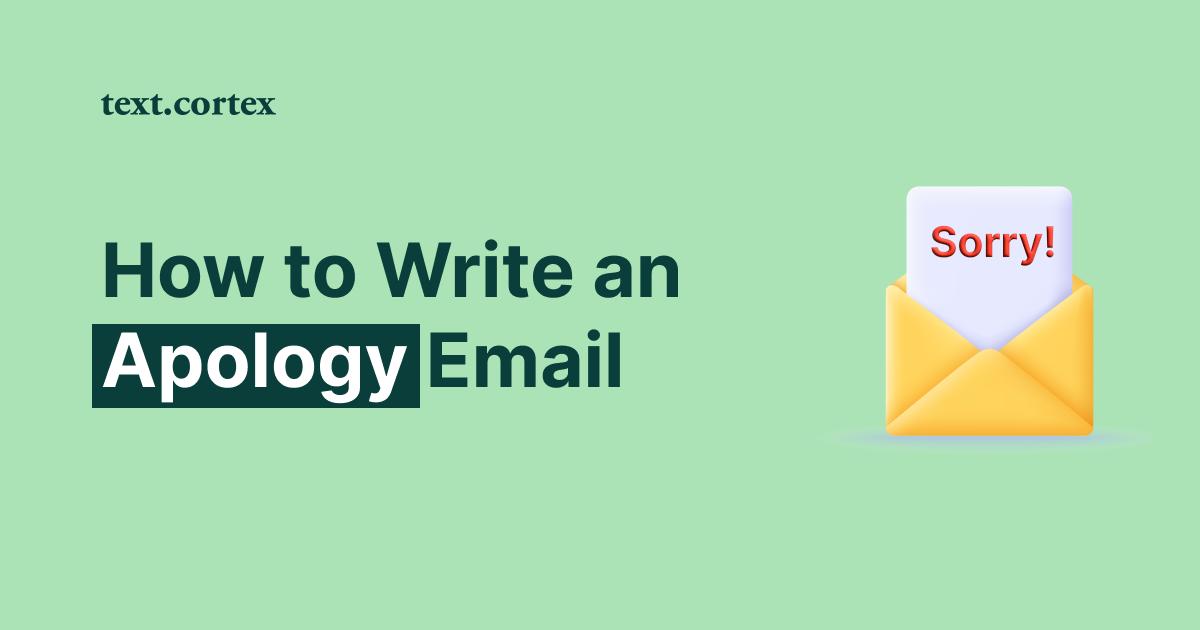Did you know that France is currently one of the leading digital ad markets in Europe, with over 60% of all advertising budgets going toward online formats?
Before you write off learning French as a waste of time, consider what you've just read.
In any case, I get your skepticism.
Some people might think, "It could take years before I'm even halfway proficient in French."
However, thanks to recent advances in writing and language assistant technology, you may be surprised to learn this is no longer a problem.
To that end, this piece will provide some fundamental guidelines on how to write an email in French, how it can benefit your business, and finally, how to create such emails on your own.
Read on to find out more!
How Knowing the French Language Can Benefit Your Business?
Being able to communicate with and expand your network of French-speaking partners and clients, as well as build stronger relationships, can be a tremendous boost to your business.
But let’s check all the advantages:
✔️Building relationships — Investing time and energy into learning French will pay dividends through strengthened business ties with French speakers.
✔️Expanding your market — French is an official language in 29 countries and is spoken by more than 300 million people. Learning French will help you break into new markets and grow in these countries.
✔️Improved communication — Learning French is an asset for interacting with business associates, employees, and customers who speak the language. Because of this, communication, trust, and teamwork, all flourish.
✔️Increased credibility — The ability to communicate in French with potential customers or business associates will help establish your company as professional and trustworthy.
✔️Access to French resources — Access to French-only business publications, reports, and studies are a distinct advantage.
✔️Enhance cultural understanding —Knowing French can broaden your understanding of French business customs and procedures.
However, there are a few things to keep in mind when crafting an email in French that may be different from an English one.
What Is Important to Know When Writing Emails in French for Business Purposes?
The following suggestions can help you write professional French emails:
1️⃣ Address the recipient properly — Address the recipient with "Madame/Monsieur".
2️⃣ Use formal language — Avoid using slang or idioms in favor of more formal language.
3️⃣ Be clear and concise — Use short sentences and paragraphs to get to the point.
4️⃣ Use proper grammar and spelling — Proofread your content for errors and typos.
5️⃣ Pay attention to cultural norms — Be aware of French cultural differences and norms.
6️⃣ Follow up appropriately — Follow up after a reasonable time if you don't hear back.
Now that we have armed you with the most important information on writing emails in French, let’s learn how to craft them.
How To Write an Email in French — Everything You Need to Know
In this section, we’ll cover how to write an email in French by covering the 3 most important elements — subject line, body, and closure.
Furthermore, we’ll provide examples of some most common business occasions.
How to Start an Email in French?
When an email arrives in a recipient's inbox, the subject line is the first thing they read.
Given the significance of its role, the following rules must be enforced at all times:
✒️French email subject lines shouldn't be any longer than 6-8 words.
✒️It should give the reader a sense of what to expect from email and pique their interest.
✒️Don't go crazy with capitalization or punctuation.
These elements can give an email a spammy, unprofessional vibe.
Here are 3 examples of how to start an email in French:
"Invitation à la conférence sur l'innovation" (Invitation to the innovation conference)
"Nouvelles offres de notre entreprise" (New offers from our company)
"Compte rendu de la réunion de l'équipe marketing" (Report on the marketing team meeting)
How to Write Body of an Email in French?
The email's main body is where you should detail your message's purpose.
It's crucial that you get your point across without coming across as annoying and dull.
Therefore, it is important to balance too much information and too little in your French email communications.
Here are some rules to keep in mind as you compose the body of a business email in French:
✒️Stay away from jargon, overly technical language, and other informal expressions.
✒️Brief, to-the-point sentences and paragraphs will help you convey your message more effectively.
✒️Be sure to specify important details like times and places.
Here are three instances of various scenarios used for business:
1. Informal Meeting Request
An informal meeting request email is sent to a potential contact to set up a meeting to discuss a business opportunity or other matter informally.
These emails need to have a casual, pleasant tone.
In addition, they need to give the recipient enough background on the subject at hand to know what the meeting will be about.
English Example:
I hope you are well. I would like to meet you to discuss our project. Are you available for a meeting next week? If so, please let me know your availability.
Example in French:
J'espère que vous vous portez bien. Je voudrais vous rencontrer pour discuter de notre projet. Êtes-vous disponible pour une réunion la semaine prochaine ? Si oui, merci de me faire savoir vos disponibilités.
2. Order Confirmation
Customers will receive an order confirmation email when they make a purchase.
They include the items purchased, the total price, access to tracking data, and other shipping details.
Order confirmations are a crucial part of the customer service process because they establish credibility in the eyes of the buyer.
English Example:
We confirm that your order has been registered and will be shipped tomorrow. Here are the details of your order:
[insert order details]
If you have any questions or concerns, please do not hesitate to contact us.
Example in French:
Nous vous confirmons que votre commande a bien été enregistrée et sera expédiée demain. Voici les détails de votre commande :
[insérer les détails de la commande]
3. Proposal Submission
Vendors or contractors send proposal submission emails to businesses in response to requests for proposals (RFP).
These emails usually include service details, pricing, and other information the business may need to decide.
The proposal submission email gives the business enough information to evaluate the proposal and decide if the vendor or contractor is a good fit.
English Example:
I am sending you this email to submit my proposal for the [project name] project. Attached is a copy of my detailed proposal.
I am convinced that my proposal will meet your needs and expectations for this project. If you have any questions or need additional information, please do not hesitate to contact me.
Example in French:
Je vous envoie ce courriel pour soumettre ma proposition pour le projet [nom du projet]. Vous trouverez ci-joint une copie de ma proposition détaillée.
Je suis convaincu(e) que ma proposition répondra à vos besoins et attentes pour ce projet. Si vous avez des questions ou si vous avez besoin d'informations supplémentaires, n'hésitez pas à me contacter.
How to Close Emails in French?
When writing an email, the closing is just as, if not more, crucial as the rest of the message.
Your audience should feel encouraged to act upon your request here, and your message should be properly concluded.
Here are some guidelines for how to end a business email in French:
✒️Consider using more formal expressions like "Cordialement" (Sincerely), "Bien cordialement" (Best regards), or "Respectueusement" (Respectfully).
✒️Include your name and business information. For example, you can add a polished signature with the name of your business, contact information, and links to your social media accounts.
As an illustration of the variety of situations that can arise in business, consider the following 3 examples:
1. Formal Business Request
Formal business request emails are sent from one business to another to request services, products, or information.
These emails usually include the item or service requested, the delivery date, and payment information.
These emails aim to make a formal, professional request for a successful business transaction.
English Example:
Thank you in advance for your help.
Sincerely,
[Name]
[Job]
[Phone]
[E-mail]
Example in French:
Je vous remercie d'avance pour votre aide.
Cordialement,
[Nom]
[Poste]
[Téléphone]
[Courriel]
2. Response to Inquiry
Response to Inquiry emails are sent to customers after they have asked a question.
Most of the time, they are sent to follow up on customer requests, give more information, or thank the customer for asking.
Response to Inquiry emails can be used to help customers and build better relationships with them.
English Example:
Thank you for your request, and am happy to assist you.
Sincerely,
[Name]
[Job]
[Phone]
[E-mail]
Example in French:
Je vous remercie de votre demande et suis heureux de vous aider.
Cordialement,
[Nom]
[Poste]
[Téléphone]
[Courriel]
3. Follow-up to Meeting
Follow-up emails are messages that are sent to people who have already been contacted.
Most of the time, they are used to checking in on a conversation, reminding the other person of an agreement or deadline, or keeping the conversation going.
Follow-up emails can also be used to offer more information or resources, or to ask for a response or feedback.
English Example:
Thank you for your time and consideration during our meeting.
Sincerely,
[Name]
[Job]
[Phone]
[E-mail]
Example in French:
Je vous remercie de votre temps et de votre attention lors de notre réunion.
Cordialement,
[Nom]
[Poste]
[Téléphone]
[Courriel]
Write Emails in French Using TextCortex
As you can notice, there is not much difference in email concept whether you’re writing in French, German, Italian or English.
Here, knowing the language makes the only real distinction (no pressure).
Remember, at the beginning of this article we promised to show you how to write an email in French even if you don't know the language.
And now we’ll keep our promise. The tool you should use for this is called TextCortex add-on.
What is TextCortex?
TextCortex is an AI writing assistant that offers premium writing services for a wide range of business content requirements thanks to its modular design that caters to specific use cases.
Its features are up-to-date with modern standards, offering various forms of help, including AI generation, AI templates, rewriting, and manual writing.
TextCortex can be used to write a wide variety of content, including blog posts, website copy, mailing campaign copy, and content to promote products.
How To Write an Email in French Using TextCortex?
To write an email in French, you can use our rewriting menu, which includes translation, rewriting, summarizing, tone-changing, and other popular paraphrasing techniques.
One amazing option to create an email in French is to choose "Bullet to email" feature and start generating your text from a list of bullets.
Just create a list of your main ideas (in English or French), select the language, highlight the text and hit the “Bullet to email” option.
Another option is to use our chatbot called Zeno Chat and create your emails in a conversational manner.
To access this feature, click on the TextCortex logo at the bottom right corner of your window, and generate a task request, such as in the example below.
Just give a command to our Zeno chat that you want your email to be written in French, and it’ll generate it for you immediately.
Once you are satisfied with the result, copy the output and paste it into the text box.
Pro tip: TextCortex, on the other hand, allows you to easily modify any given email in any of the 25+ supported languages, French included.
Or, if you have an email in French already, you can translate it into any available languages, and vice versa.
Here's how it looks:
Fortunately, these various options that can improve your writing.
Our tool also brings you more sophisticated writing solutions such as:
👍Long-form feature — Creates 300-word blog posts from five-word ideas.
👍Zeno mode — Using your first draft as a guide will give you the best results.
👍Brainstorming features — A group of features aimed at getting you to start writing quickly.
👍60+ AI templates — Create any content type from keywords and templates.
Interested in testing it out with our freemium plan?
Join now to begin creating and sending native French emails at scale.



.png)
